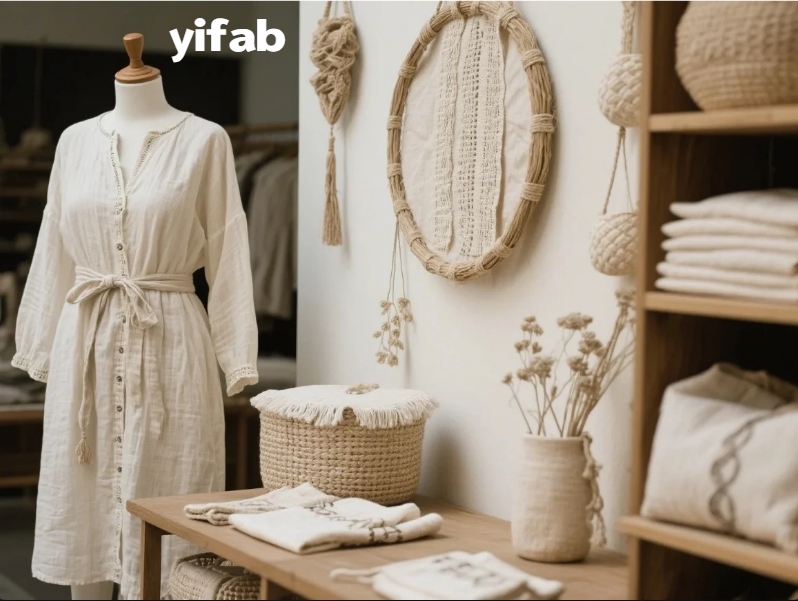The History of Ramie: From Ancient China to Modern Applications
Blog post description.
5/12/20251 min read


The History of Ramie: From Ancient China to Modern Applications
Ramie, one of the oldest known fibers, has a rich history that dates back thousands of years. This sustainable fabric, derived from the Boehmeria nivea plant, has been used in various cultures, with its most prominent origins in ancient China. Today, Ramie continues to play a significant role in modern textile applications due to its unique properties.
Ancient Roots in China
Ramie’s history dates back over 6,000 years in China, where it was woven into clothing and used for making ropes and sails. The fiber was highly valued for its durability, strength, and resistance to mildew, making it an ideal material for ancient sailors and farmers. In fact, Ramie was one of the "Seven Precious Materials" in ancient Chinese culture, alongside silk and hemp.
Ramie in the 19th Century
During the 19th century, Ramie gained popularity in Europe and America as industrialization led to greater demand for durable fabrics. However, it was difficult to process due to the plant’s tough fibers, which led to its decline in favor of other fibers like cotton and linen.
Modern Resurgence
In recent years, Ramie has experienced a revival, particularly with the growing demand for sustainable and eco-friendly textiles. Its strength, natural wrinkle resistance, and moisture-wicking properties make it an ideal choice for modern clothing, including eco-conscious fashion and home textiles. Today, Ramie is often blended with other fibers like cotton or hemp to improve its feel and versatility.
Conclusion
From its ancient roots in China to its modern applications, Ramie continues to be a valued fabric in the textile industry. Its eco-friendly qualities make it an ideal choice for consumers seeking durability, sustainability, and comfort in their fabrics.
